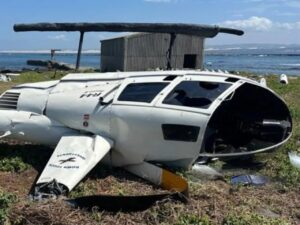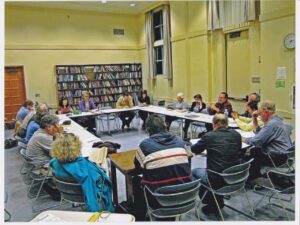Ever wondered how photographers get those amazing shots at twilight as well as those mind-blowing star trails? Well maybe this will help.
Ben Canales, a popular nighttime photographer shared some tips about his art skill. Get your tripods ready and your batteries packed, you’re in for an educational ride.
Location
Get away from the city, there must be no light pollution for at least 80 kilometers.
After that, I typically look for a landscape feature I can key on. Is there a mountain on the horizon or a lake that will provide reflections of the stars? I often look for a human element like an old barn or a ruin or something like that to include in the foreground.
Balancing Light
In order to balance the foreground with the sky light, it is easier to start with a pitch black landscape and add light on the levels you wish.
I’ll have a headlamp or some small LEDs I can position in order to light paint onto the scene. I can choose what I want the viewer to see. I’ll take anywhere between five and 25 shots of a certain scene using different motions with the headlamp until it starts to look right.
Tracking Stars
Canales uses a website called Stellarium, which he refers to as the “Google Earth for stars.” The programme allows you to see what the area you are wanting to photograph will look like at the time and place you wish to photograph.
Weather
Anything worse than partly cloudy is a no no.
Over the years, I’ve learned to interpret the cloudy descriptions on weather websites. If it says mostly clear, then you’re fine. Passing clouds are fine. Partly cloudy is usually the tipping point and once they say mostly cloudy, then it’s usually not worth trying. You’re going to go anywhere between 45 minutes and three hours, so there’s a big commitment to these efforts.
Shutter Speed
When you are not looking for star trails, you can get static shots if you use a 30-second exposure and if your camera is on a high ISO.
If you do want trails…
Method 1:
The static method is where you take a 30-second exposure and keep repeating it over and over with something like an intervalometer. Then, in Photoshop, you just combine them all as layers into one file. You switch the blending mode to lighten and Photoshop will progressively overlay the stars so you get trails. This is getting popular because it also gives you the files you need for a time lapse video all in one effort.
Method 2:
Then there’s the old-school method where you attach a cable release to the camera and you do single exposures of anywhere from 30 minutes to three hours. So, instead of using ISO 3200, you’re going to ISO 400 and instead of F/2.8, you’re using an aperture like F/8. You just have to do the math to compensate the extended shutter time.
Check out the gallery of his work below and for more advice and the full interview, click here.
[Source: Pop Photo]













